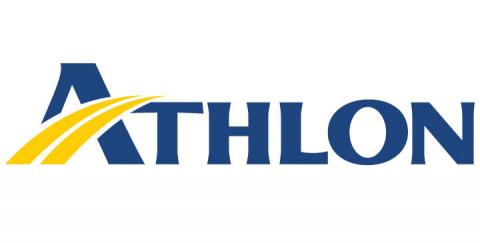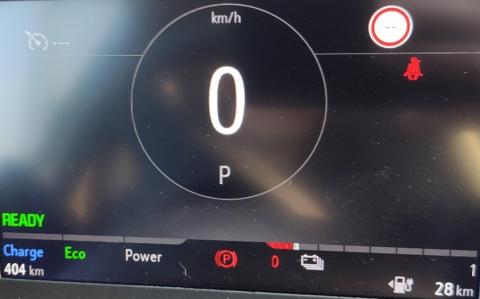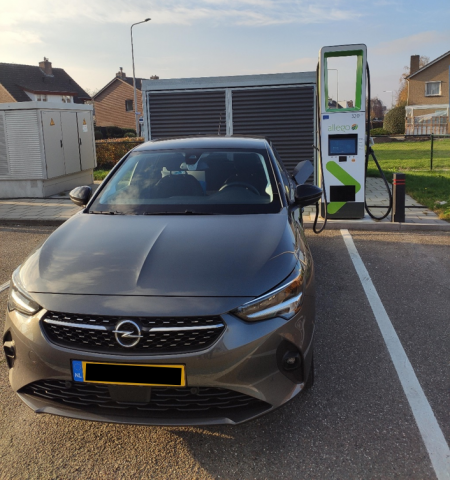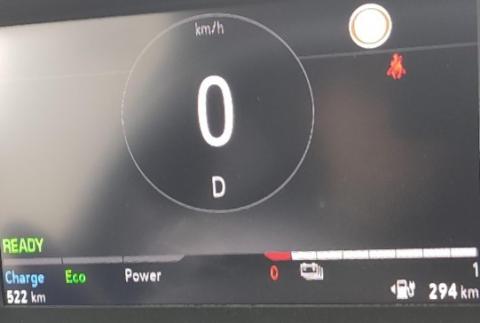
In 2019, Districon started a pilot with six Tesla cars. To date, these cars are still driven with great pleasure by our colleagues.
In 2020, the Districon vehicle fleet decreased more than usual in mileage accumulation caused by the outbreak of the COVID-19 pandemic. Despite, the share of electric vehicles among Districon employees increased. Driving electric becomes more convenient, thanks to our new lease partner Athlon. Besides the Tesla cars, among others, the Opel Corsa-e, Nissan Leaf and Volkswagen ID.3 are driven by our Districon Colleagues. Driving electric also comes along with challenges. Operating in the logistics field, Districonners like to face this challenge.
For example, a car ride from Rotterdam to Southern-Limburg, our colleague Sanne Aelfers tells here her experience:
The range of the Opel Corsa-e is described as:
Summer: 250 km (highway)
Winter: 195 km (highway)
https://ev-database.nl/auto/1192/Opel-Corsa-e
This driving range is very close to the distance between Rotterdam and Southern-Limburg, therefore very exciting whether it will work out or not. The night before the car ride, the Opel Corsa-e is charged at a public charging station in preparation for the ride the next day. Unfortunately, the charging station stopped charging when the cars’ electric battery was charged upto only 95%. Despite having a battery that was not fully charged, we accepted the challenge.
The current status of the car at the time of departure:
Initial battery life: 95% 288km
Outside temperature: 3 degrees Celcius
Distance to cover: 201 km
During the ride, we notice that the driving range of the battery descends very quick when the heath is turned on. Therefore, we decide to turn it off. This results in a car that became pretty cold, but we were really looking forward to passing this challenge. With only 28 kilometers driving range left and 24 kilometers to cover, the challenge became too challenging, hence, we decided to use a power charger on the way.

Recharging the battery went very quick, in only four minutes the driving range was sufficient to end up at our destination with the heat turned on! Additional advantage: some fresh air and stretched legs.

After the recharge moment, the road to the final destination was continued and reached warmly. It was very unfortunate that we were not able to finish at once, but this enlarges the challenge to drive back to Rotterdam at once.
In Southern-Limburg there are less public charging stations available compared to Rotterdam Centrum. In Southern-Limburg, residents are more likely to have their own driveway instead of shared parking areas. Therefore, the Opel Corsa-e was charged through electric power coming from an outlet within the house. It took 14 hours for the Opel Corsa-e to charge the driving range up to 110 km. Hence, this way of loading was slow.

In the end, after more than 30 hours of charging from the outlet within the house, the battery was 100% charged. While the car was still plugged in, we turned on the preheating of the car. This caused a minimal drop in the driving range but resulted in a nice and warm car at the moment of departure.
The status of the car at the moment of departure:
Initial battery life: 99% 294 km
Outside temperature: 5 degrees Celsius
Distance: 201 km

Wrapped up in warm clothing, the return had started. The drive back was very smooth, and Rotterdam was reached with more than 30 kilometers of driving range left.
The Opel Corsa-e remains a nice car, coming with challenges, that I like to accept to make my driven kilometers more sustainable.
